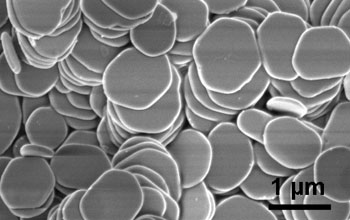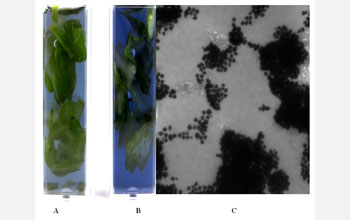All Images
News Release 12-099
NSF Announces Six Partnerships for Research and Education in Materials Awards
Projects will investigate materials for renewable energy, advanced electronics, biomaterials, organic and polymeric materials
This material is available primarily for archival purposes. Telephone numbers or other contact information may be out of date; please see current contact information at media contacts.

The NanoExpress, operated by Howard University, is a mobile science theme park exhibiting some of the latest science and technology at the nano dimension in a variety of disciplines. It is part of a major campaign designed to provide information on the current state of research and development in nanotechnology and this award will provide upgrades to the mobile lab's capabilities.
Credit: Nefertiti Patrick Jackson, Howard University
Download the high-resolution JPG version of the image. (5.6 MB)
Use your mouse to right-click (Mac users may need to Ctrl-click) the link above and choose the option that will save the file or target to your computer.

Micro-crystals of alpha-Zirconium phosphate, created at the Interfaces in Materials PREM Center at Texas State University, are a source of platelets with nanometer dimensions. The micrograph image shows that the lab group has control over the platelet diameter, which is an important feature in nano-structured materials for catalysis, environmental and energy related applications.
Credit: Luyi Sun, Texas State University - San Marcos
Download the high-resolution JPG version of the image. (117 KB)
Use your mouse to right-click (Mac users may need to Ctrl-click) the link above and choose the option that will save the file or target to your computer.

This image shows that popcorn-shaped nanoparticles (C), developed at the Jackson State University PREM, can selectively detect a type of Salmonella bacteria. A color change indicates whether or not lettuce is contaminated with Salmonella bacteria (A) or is safe to eat (B).
Credit: Paresh C. Ray, department of chemistry & biochemistry, Jackson State University
Download the high-resolution JPG version of the image. (295 KB)
Use your mouse to right-click (Mac users may need to Ctrl-click) the link above and choose the option that will save the file or target to your computer.


